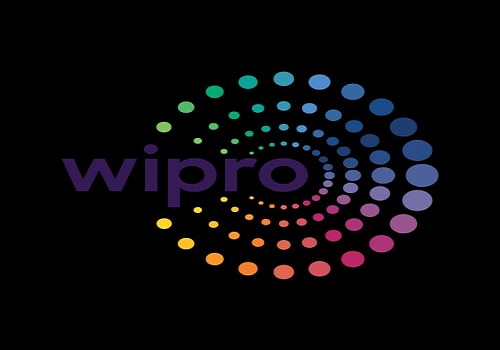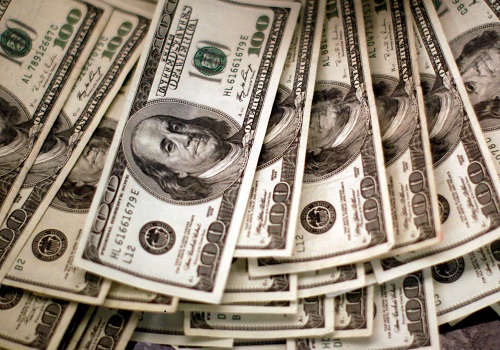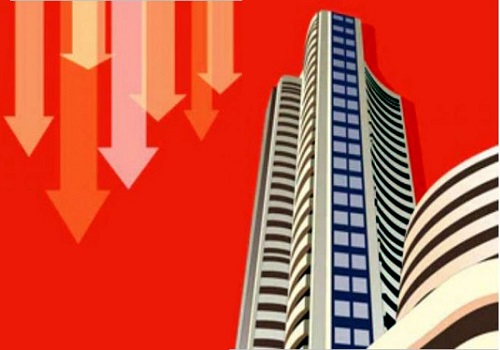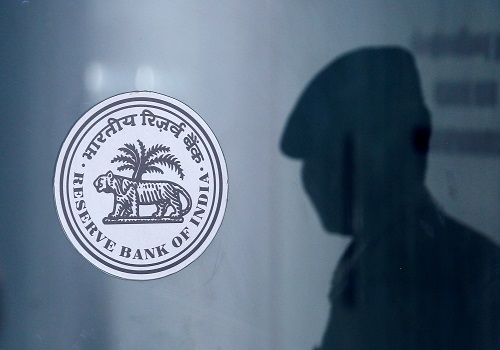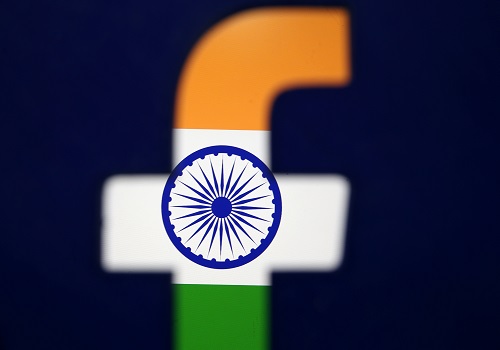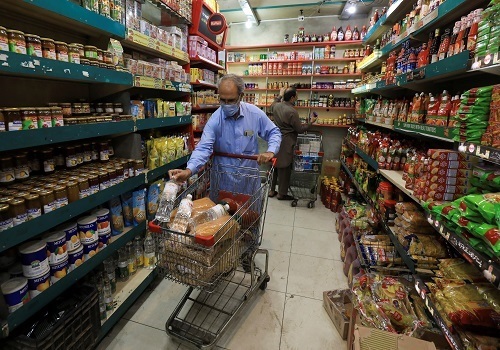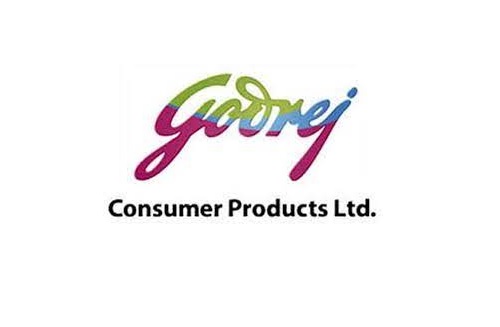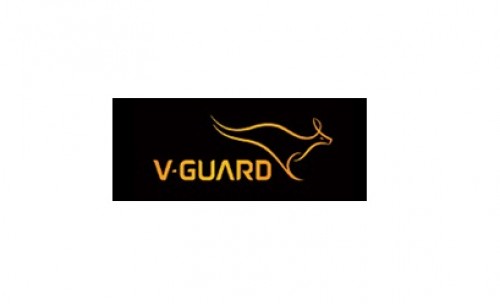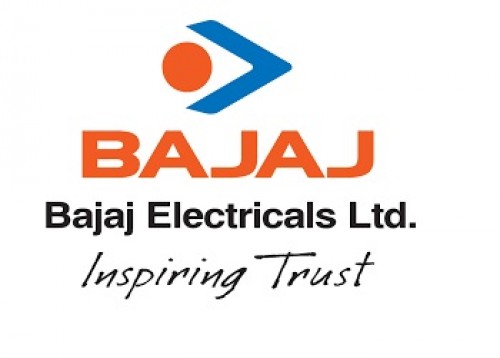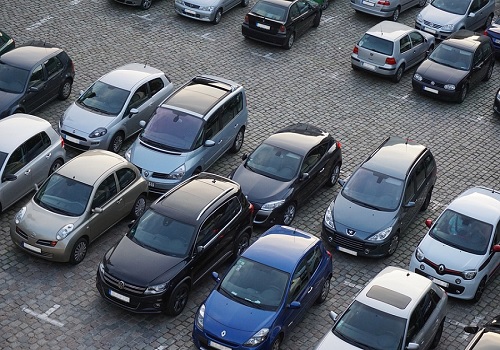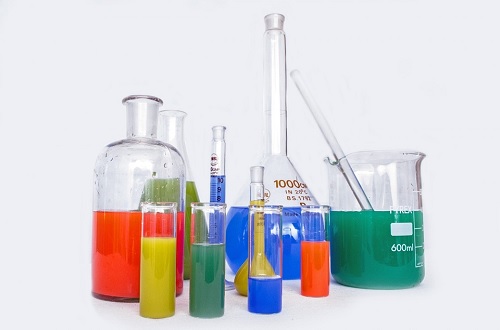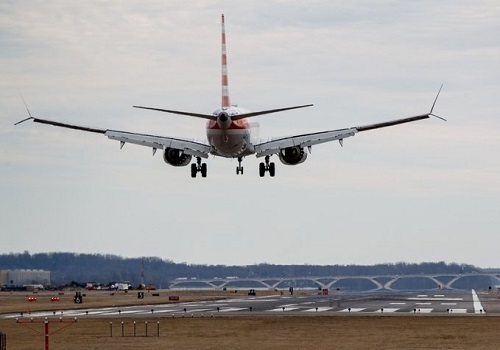India Consumer Sector Update - Year-ahead Outlook: We list three wildcards for 2022 By JM Financial
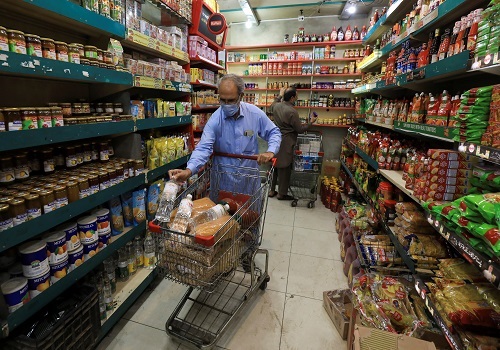
Follow us Now on Telegram ! Get daily 10 - 12 important updates on Business, Finance and Investment. Join our Telegram Channel
https://t.me/InvestmentGuruIndiacom
Download Telegram App before Joining the Channel
Year-ahead Outlook: We list three wildcards for 2022
The key question that was on our minds around same time last year was on how did demand traction that was muted in early-2020 even prior to the pandemic pick-up pace after the country having gone through one of the worst human crises in recent years. What transpired towards latter part of CY21 now suggests that the demand surge of 2020 was not entirely normal, after all. Rural weakness is back as a pain-point, and how this pans out would define the sector’s prospects in 2022. We expect 2022 to start slow on demand - back to how it was in early-2020 before the pandemic created a disorderly pattern in consumption that was not in sync with how consumers would have behaved under normal circumstances. There are a few wildcards that we list below which the sector may have to deal with. The movement in the RM Index would also be critical - a reversal of 2021’s hyper-inflation could help cushion earnings in a likely slower demand environment. Market could value topline growth more, though. GCPL, Marico, HUL, ITC are the stocks that we like at this stage.
There really hasn’t been any ‘structural’ trend out there:
Short-term consumer behaviour has always been rather unpredictable. Comments from consumer companies towards late-2019 had suggested that 2020 would be a modest year for consumption growth, but things turned out otherwise – and could have been due to the pandemic driving irrational behaviour, pantry-stocking, surge in at-home consumption, etc. Hygiene, immunity became new buzzwords and many businesses pivoted around these themes. The developments in 2020 helped drive optimism on consumption outlook for 2021, and growth trends in early-2021 indeed did not suggest any structural damage from the pandemic despite income and job losses, etc. Presently, however, rural is not looking as upbeat any longer and there is no solid reason just yet to explain why. In fact, growth had overshot for more than a year, considering that demand environment didn’t look all that conducive even prior to the pandemic setting in.
Wildcards for 2022 - #1: GST slab changes:
The GST Council is examining the viability of making some changes to tax-slabs. The Finance Minister had earlier mentioned that revenue-neutral rate that was originally pegged at c.15.5% at the time of implementation of GST has ‘knowingly or unknowingly’ been brought down to c.11.6% over a period of time due to reductions granted along the way. We do not know just yet if this signifies an intent to take a re-look at tax-rates all over again. Noteworthy is the fact that tax rates for a lot of personal care items were reduced from the 28% slab to 18% within a few months of GST implementation in mid-2017. GST rate for Paints was also reduced subsequently (July’2018). A revisit of all these changes to course-correct the average taxrate to the originally-envisaged c.15.5% could create quite some disturbance in consumer goods pricing along the way, in our view, especially since costs-inflation had already led to some steep price-hikes in some products in recent times.
Wildcard #2: Distribution disruption:
One key watch-out would be the possible disruption that could be caused by the ‘digitisation’ of neighbourhood grocery stores that is currently being worked upon - this is one intervention, which if successful, could have serious medium-term ramifications on the sector (bargaining power of manufacturers, terms of trade, etc). For the immediate term, the same seems to be creating some level of discord between a section of the trade and the brand owners. Our checks suggest that distributors are not only upset about loss of sales, but also about how lower sales makes it more difficult to meet the threshold to qualify for sales incentives.
Wildcard #3: Who will bear the brunt of the c.INR200-250bn incremental annual spends that telecom players are targeting through their recent tariff hikes?
Telecom players have recently hiked tariffs by c.20% on an average. This is in addition to the 25-30% tariff hike in 2019. Anecdotes seem to suggest that internet usage is addictive – some argue that it is addictive enough to warrant some cutback in FMCG consumption, if need be. Higher spends necessitated on this front could pose some risk to FY23E FMCG growth forecasts, especially since demand environment in rural India does not appear all that buoyant at this stage.
To Read Complete Report & Disclaimer Click Here
Please refer disclaimer at https://www.jmfl.com/disclaimer
CIN Number : L67120MH1986PLC038784
Above views are of the author and not of the website kindly read disclaimer


